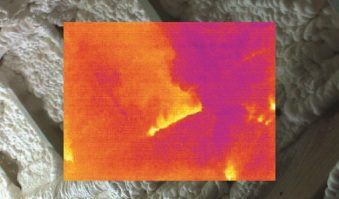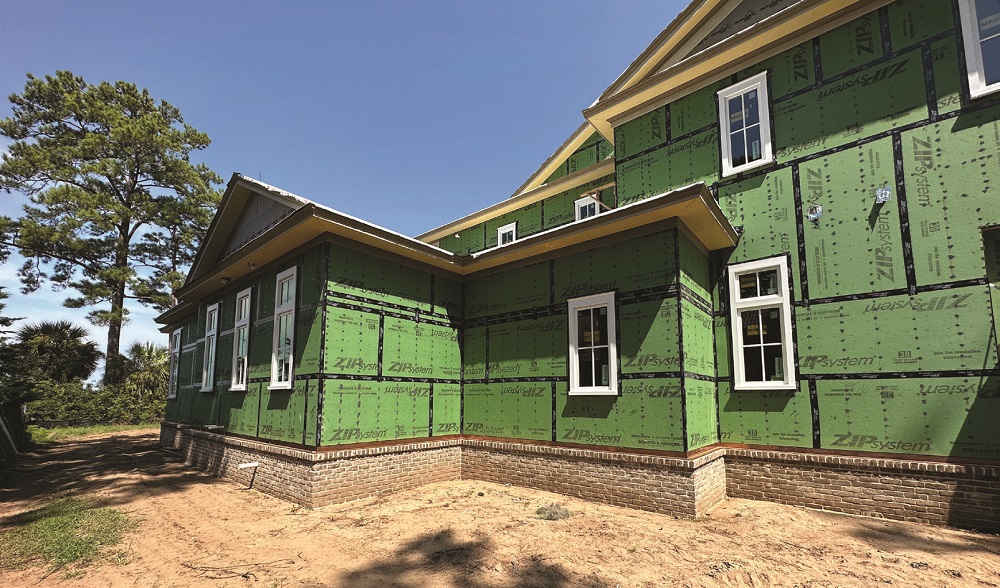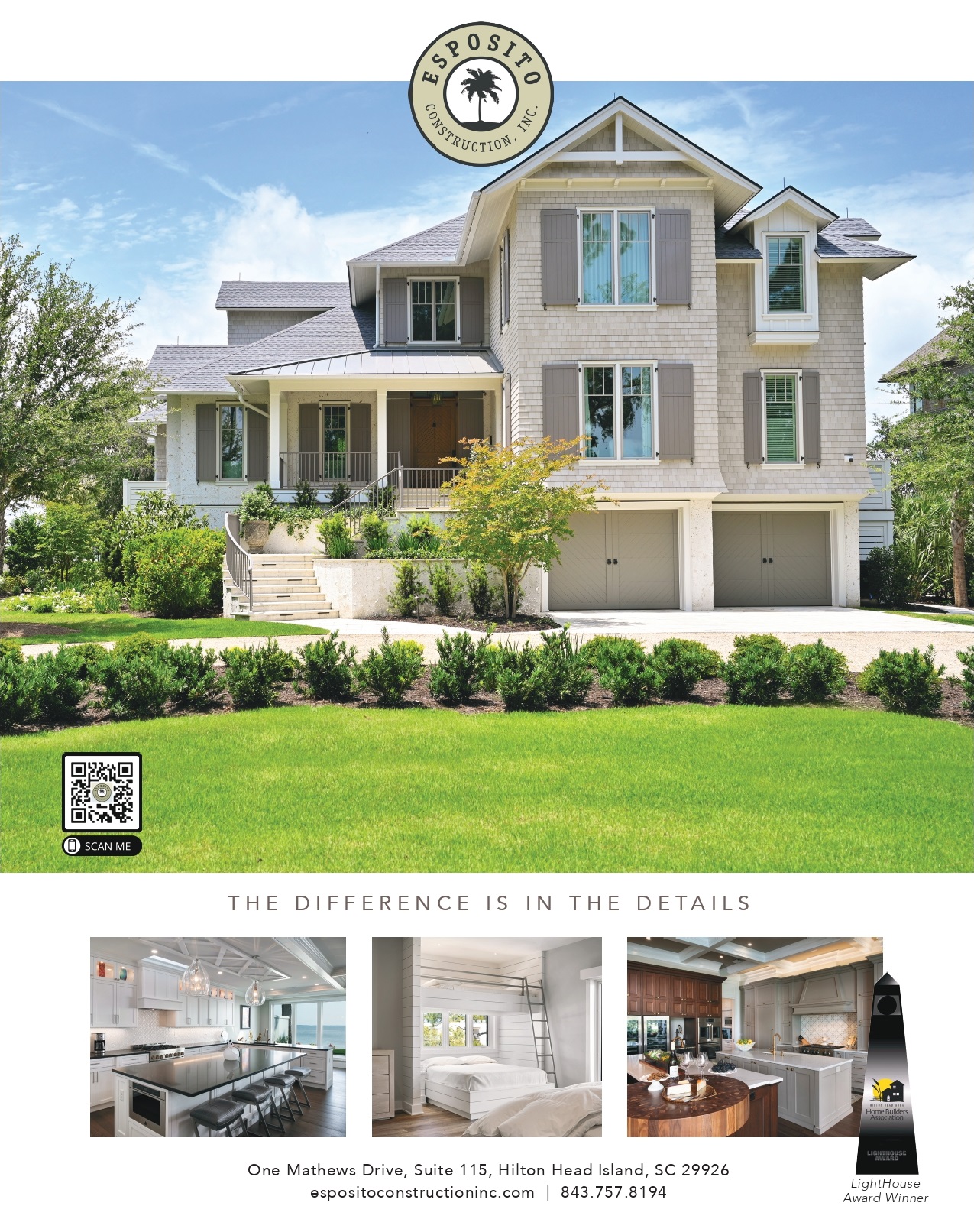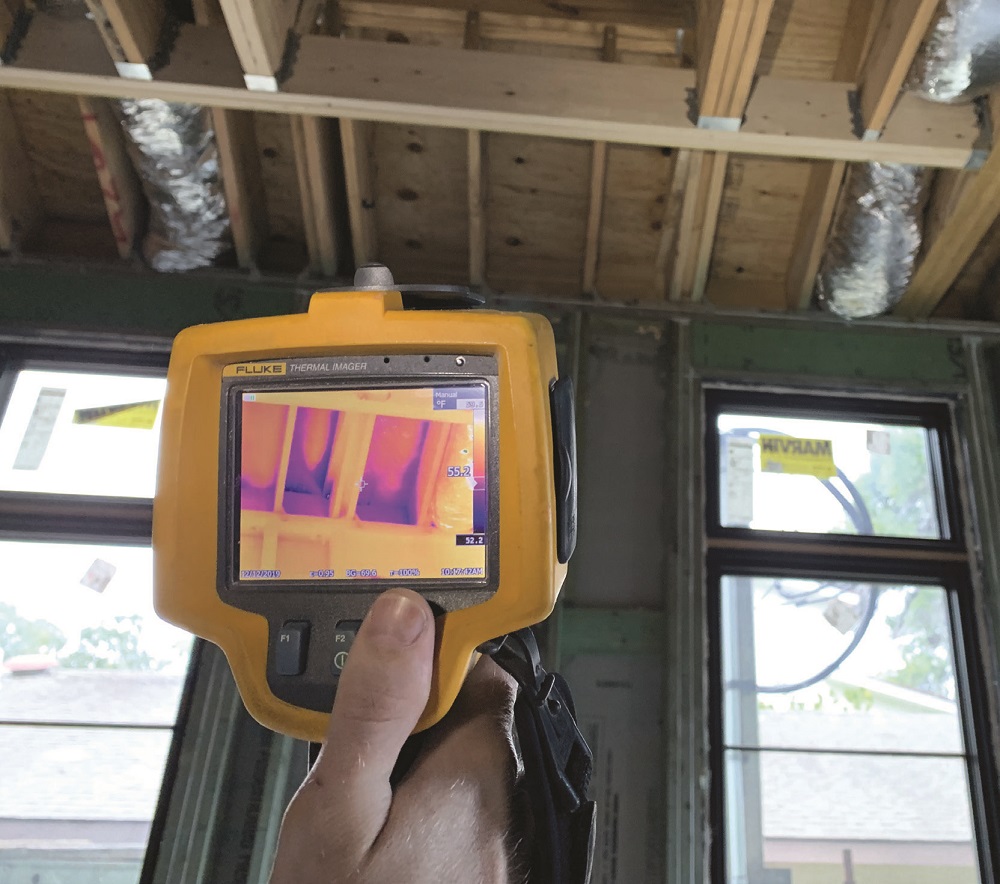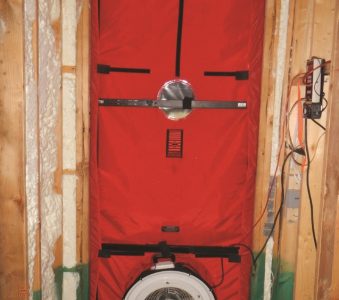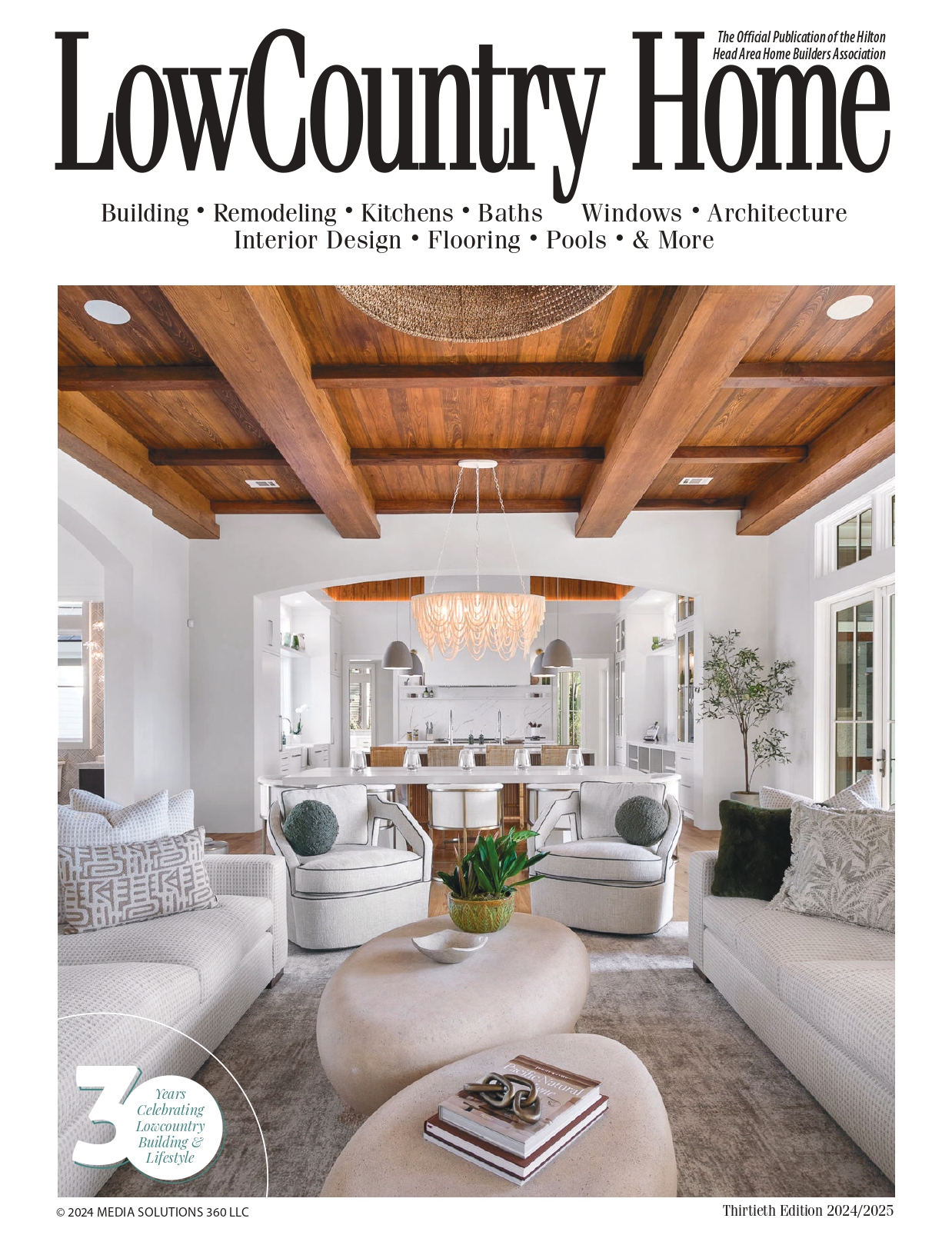Building A Healthy Home
Why should you build a healthy home…and what does that mean?
What is a Healthy Home?
Historically your home was a place to provide shelter. To keep you warm(not cool), dry and safe from dangers outside. Prior to the energy crisis in the 1970’s our homes did just that,they provided shelter and a certain level of comfort. Back then our homes were very healthy environments, we did not need to worry about mold and or off gassing of chemicals from the furniture and finishes we brought inside the home. This was not a concern for a couple of reasons. First our homes leaked. We did not worry about sealing up our homes because energy was cheap. Second, at that time the homeowner did not expect that when it was 100 degrees outside that they would be able to be inside in a comfortable 75-degree home. Lastly, the materials we brought into the home were made of more natural organic materials and or not treated with multiple chemicals.
Leaky Homes are Healthy?
When talking about homes leaking, I am not talking about the roof leaking or windows letting moisture in, I am talking about leaking air or the home breathing. We had great air quality inside because the air inside was not there for long, you could say we were renting the air. The wind blew through the single paned windows and through the walls that were not insulated. The air was clean in our homes because the homes were naturally ventilated. This natural ventilation made it so any smells or nasty things we did bring in our homes were quickly replaced by fresh air from the outside. The old saying “The Solution to Pollution is Dilution” states it best. What do you do when you burn toast? You open the door and or windows and ventilate. We did not need to worry about mold for two reasons. First the wall cavity dried out quickly because it was so well ventilated and if there was some amount of mold in the wall it did not build up to dangerous levels because it was only in your home for a short period of time. It came in one wall and out the other. Second, our expectations of comfort were different.We did not expect it to be cool when it was blazing hot outside. When it was hot we either opened the windows or turned on the whole house fan which again ventilated the home in the process. Lastly, with the invention of air conditioning we changed the homeowners’ expectations. The home was no longer just a place to protect you from the elements but to keep you comfortable as well. Don’t get me wrong, I am not against the comfort air conditioning provides, but with every new advancement there are unintended consequences. Before air conditioning,the air inside your home and outside were similar or varied 10-15 degrees in summer times because we used the outside air to cool our homes. With the invention of air conditioning the unintended consequence was when we have one side of the wall over 100 degrees and the inside of the home in the 70’s. We started to produce moisture in our walls by way of condensation when the temperature inside the walls reached the due point and moisture from the air collected on the cooler surface just like it does on a cold glass of water in the summertime. I do not mean to say with old leaky homes you did not get condensation but if you did it quickly dried out because of the amount of ventilation or leaking of air that was going through the walls.
This doesn’t imply or suggest air conditioning creates mold issues. Nor does it mean that adding insulation and sealing up homes created mold and air quality issues. Sealing up a home without providing ventilation will lead anything from this article, I hope that you gain an understanding that there is no silver bullet or one solution for air quality, moisture, or mold issues. your home as a system of components that need to be carefully thought about and designed to work together to provide a home that meets our current expectations of a home, to provide shelter AND comfort.
A properly designed home offers a controlled interior environment for optimal health and comfort for the end users. A roof and four walls where the wellbeing, comfort and resilience of your home are all accomplished.
Americans spend 70% of our time at home, 90% of that time indoors. When we enter an indoor space, we might take breathing healthy air for granted, but poor indoor air quality is actually the leading contributor to what the EPA has termed “Sick Building Syndrome”. We’ve come a long way since this syndrome was first identified, but it’s still important to ask yourself: does my home have fresh air and good ventilation?
One of the ways to control your indoor air quality is to make the building tight, as close to airtight as you can get. We do this so we can control where you get your fresh air for the home instead of the old ways of letting it come in everywhere. During the building process we take great care in sealing the building from the outside where most moisture in our climate zone comes from. Once all the windows and doors are in place, our trade partner and owner of Elm Energy Group, Jamie Kaye, situates a specially designed, high-powered fan, usually in the front door of the building. This fan sucks enough air out of the space (the equivalent of 20 mile per hour winds) that the interior becomes negatively pressurized.
As a result of forcing all the air out the front door, outside air finds its way in through the tiny gaps and the crevices that lead to compromising a tight building envelope. Through the use of thermal cameras, Jamie is able to find the air holes then seal them up. A central pressure gauge offers a global reading to validate how tight the home is. Our goal for every new home is to receive results of less than 1 ACH (Air Changes Per Hour) prior to installing the spray foam into the house. It’s a common practice for builders to test the home after the spray foam has been installed, which means they are depending on the spray foam to seal the home. Unfortunately, even the best spray foam installation will have many leaks because of the way the product expands. This is why we depend on our third-party verifier to test and validate with science that we have sealed the building to our standards and are controlling where fresh air is introduced into the building with the HVAC system. HVAC stands for Heating Ventilating and Air Conditioning but most people don’t consider the Ventilation part of the system enough which can create humidity and or air quality issues.
Windows, doors, fireplaces and exhaust ducts are common culprits for air intrusion. The blower door test highlights problem areas for immediate remedy. How you seal up those problem areas is important. We believe air and water need to be stopped from the exterior, or the side with greater hydrostatic pressure. For example, you don’t seal a fish tank on the exterior of the glass, you seal it from the inside, so the outward hydrostatic pressure works to strengthen the seal on those joints, in our case it’s the outside air that wants to get in. The same principles apply to creating a tight building envelope, and our custom homes are always sealed against air and water from the exterior, so the hydrostatic pressure works for us and not against us.
Now that you have a tight envelope, how do you get fresh air in? More specifically, how do you ensure stale or toxic air is drawn out and replaced by filtered outdoor air at regular intervals without impacting indoor heat or moisture levels? Many people say a home needs to breathe, which is incorrect. A home doesn’t need to breathe, but we need to breathe good clean air.
To ensure we are breathing clean air is to use an Energy Recovery Ventilator (ERV), also known as the air exchanger. Through a simple energy exchange core unit, outside air and interior air are driven across each other through filters, the desirable qualities are forced in, and the undesirable drawn out.
In the winter, for example, you want to keep the warm air that your hardworking HVAC and your cozy fireplace have created, but you still want the house to breathe in fresh air from outside. The ERV exchanges the interior and exterior air, repackaging warm, fresh air for your interior space, and turning cold, stale air out. The ERV also allows for control of moisture transfer across the airstreams. It isn’t a dehumidifier but can make a huge impact on balancing or reducing humidity in a home.
By integrating Makeup Air Units into our ventilation systems, any air drawn out through bathroom exhaust, kitchen exhaust, or normal operation of the ERV, is balanced with a reciprocal amount of fresh, makeup air. Occupancy and humidity sensors mean the system operation is fully automated. The ERV works in tandem with the Makeup Air Unit to maintain ambient pressure and offers an interior climate under the homeowner control.
Not too long-ago Jamie told us a story of a client who complained of a terrible smell coming through their bedroom air vents. Dimethyl sulphide was the culprit, i.e. that low tide stink. By redirecting the intake air flow through the ERV they were able to completely filter the smell out of the house. Industry wide, this air exchange filtration has proven itself. We always work with HVAC trade partners who specialize in ERV installation and maintenance. We also look at the kitchen hood vents and fireplaces to make sure any devices that are discharging air from the home need to have a way to bring the same amount of air into the house to keep the house pressure balanced. In this way we are controlling where the fresh air comes in so we can reduce the amount of moisture and contaminants it brings in with it. If we just run a 1200 CFM kitchen hood without make up air the home is letting 1200 CFM of air in from somewhere and with the humidity during a Lowcountry summer moisture also comes in. This is where many mold and mildew issues come from.
A healthy home means a healthy interior environment, but also equates to a sturdy, durable structure, built with high quality materials and fasteners all working together and used in the way they were intended to be used. The structure should be properly protected so it stays healthy as well. Our building envelopes work to keep unwanted moisture from finding its way to places no homeowner wants it. Our window flashing includes liquid flashing openings before window and doors are installed and over the nailing fins after installation copper drain pans, backer rod and premium sealants provide a multifaceted system of water stops and drainage.
A healthy exterior protects the home’s interior and structure. Pretreating under slabs for pesky bugs and utilizing weather and termite resistant siding materials add to the home’s longevity. Drainage planes behind siding offer water the escape route it desires and keeps your siding and sheathing from falling victim to our Lowcountry moisture levels. Thermal insulated windows, or UV resistant panes add to your home’s energy efficiency. Properly insulating living spaces, garages and attics, a tight building envelope, as well as active and passive air recirculation all add up to lower energy demands.
Finally, a properly designed HVAC system based on the building envelope helps insure a healthy home. Don’t stop there, today there are products you can have installed that you can monitor, test and verify that your home is performing as your designers and builder planned. By doing this you can fine tune your homes systems based on real world data. Every home has a unique building envelope, different solar exposure and or high wind exposure that affects how efficiently the ventilation and or exhaust system works. Always, plan, test and verify. We learn more and more about the building science that goes into today’s home every day.
ARTICLE & PHOTOS PROVIDED BY ESPOSITO CONSTRUCTION



